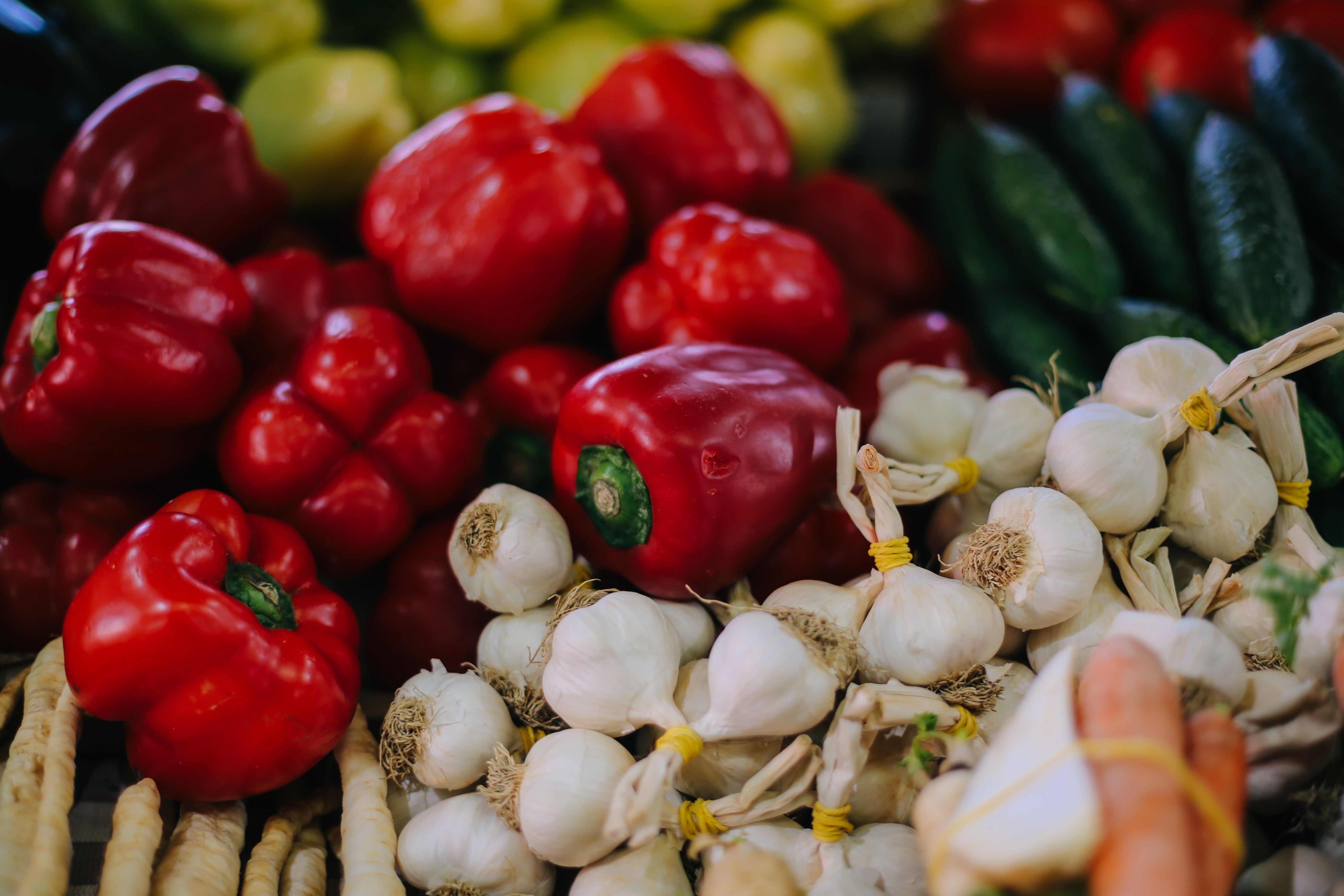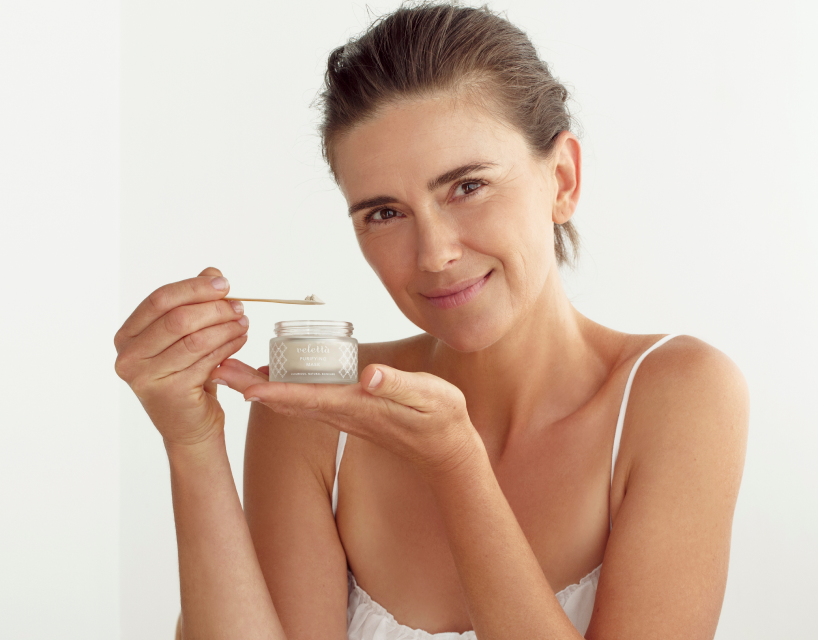The glow of a healthy gut
The beneficial effects of good gut bacteria on skin health and appearance has been shown in a number of studies; it appears that good gut health results in good skin barrier function. Good barrier function means not more problem skin.
In one study researchers found that feeding of probiotic bacteria to aged mice induced “changes mimicking peak health and reproductive fitness characteristic of much younger animals”. Put another way, the study found that probiotics induce the “glow of health”. It is understood that this, in part, is due to the lessening of inflammation in the body.
Accordingly, a healthy gut equals healthy, glowing skin.
So, how do we optimise our gut health?
The things we can do to have better gut health are the same things we need to do to stay healthy: Improve our diet, drink more water, lessen stress, take a good probiotic and sleep better.
Today we are going to consider our diet.
What we eat is a key contributor to good gut health.
Unfortunately, the modern western diet namely one that is high-fat, high-sugar and low-fibre is exactly what the gut doesn’t need. So, what should we put on our plates?
Fibre
Dietary fibre aids in the increase of good bacteria because it serves as food for beneficial bacteria which in turn results in a healthy gut. Unsurprisingly, therefore, the low-fibre intake in Western societies is purported to be a driver in the depletion of the good gut bacteria. Eating more fibre means eating whole grains, legumes, fruits and vegetables and nuts and seeds. Diets rich in plant-based foods provide many different types of dietary fibres (including both soluble and insoluble dietary fibre) thereby supporting a more diverse gut biome. It isn’t as hard as you think to increase your fibre intake: even a medium sized apple a day will give you a fifth of your daily 25gram quota of fibre.
Fermented foods
According to the International Food Information Council, one of the benefits of fermented foods is that the ingredients of some fermented foods like cabbage and other vegetables (these are ingredients in sauerkraut) are rich in fibre and act as prebiotics. Moreover:
Many fermented foods do contain live, probiotic organisms. Dairy products like kefir and yoghurt are among the best vehicles for delivering beneficial bacteria to our gastrointestinal tract, and most cheeses, non-heated kimchi and sauerkraut, kombucha and miso contain large numbers of viable bacteria that can provide a probiotic boost.
Adding fermented food into our diets is also easily done. You can easily make Kimchi at home or try one of the kombucha drinks that are now so prevalent in our supermarkets.
Prebiotics
Prebiotics are a particular type of dietary fibre; not all fibre sources are prebiotics. Prebiotics are indigestible plant fibres that feed the good bacteria that already live inside the large intestine. Great probiotics include manuka honey, bananas, leeks, asparagus, chicory, Jerusalem artichokes, garlic, onions, wheat, oats, and soybeans.
Final word
Put simply, we should be eating less processed foods while eating a plant-based diet and whole foods. Why not support your gut microbiome for two weeks by eating more probiotic, prebiotic and fibre rich foods and see how you feel?




